Stations
MapGES 2024 MT Physeter
MapGES 2024 MT Physeter
Mapping deep-sea biodiversity and “Good Environmental Status” in the Azores
Summary
Mapping deep-sea biodiversity and “Good Environmental Status” in the Azores
The MapGES 2024 cruise aboard MT Physeter consisted of 4 legs aimed at exploring and revisiting slopes, banks, ridges, and seamounts surrounding São Miguel, Graciosa, Pico, Flores, Corvo, and Terceira Islands. A total of 150 successful dives were conducted out of 153 planned, covering 28 sampling areas. During Leg 1, from 30th June to 17th July 2024, we performed 40 successful dives with the Azor drift-cam. This first Leg surveyed the deep-sea benthic communities dwelling on the slopes of the geomorphological structures around São Miguel Island and the north part of the Mar da Prata seamount. This was a challenging leg due to the bad weather conditions throughout the mission. During the Leg 2, from 21st July to 1st August 2024, we performed 48 successful dives with the Azor drift-cam. around Graciosa Island slopes and some adjacent geomorphological structures such as Ilha Azul and Mar da Fortuna. We also revisited the south of Pico Island namely the northernmost part of a seamount chain area called Ponta da Ilha. The explorations of the Ponta da Ilha N was unexpectedly challenging due to its geomorphology, being even more difficult when operating with a small vessel such as MT Physeter. During Leg 3, from 9th to 22sd August 2024, we performed 43 dives in the island slopes around Flores and Corvo. During Leg 4, from 26th August to 7th September we performed a total of 22 dives with the Azor drift-cam, a little less than the usual number because of the constant bad sea conditions. Nevertheless, we were able to revisit the Terceira Island slopes and the adjacent banks and seamounts. During this year’s survey we observed diverse benthic and fish communities, from which we may highlight a robust aggregation of shallow cf. Candidella imbricata around São Miguel Island, an extraordinary field of the bird’s nest sponge Pheronema carpenteri in Ponta da Ilha N, the rare observation of a swordfish (Xiphias gladius) with the Azor drift-cam around Flores Island, and the spot of the Hexactinellida sponge Hertwigia falcifera, during one of the dives exploring deeper sectors in Terceira Island.
MapGES 2024 continues our longstanding commitment to map deep-sea biodiversity and identifying Vulnerable Marine Ecosystems (VMEs) in the Azores with the Azor drift-cam imagery system. Our 2024 expedition aimed to enhance the data collected in previous surveys by conducting new video transects along the slopes of several islands in the archipelago, including São Miguel and the northern Mar da Prata, Graciosa, Ponta da Ilha N in the Southeast of Pico Island, as well as Flores, Corvo, and Terceira Islands. This fieldwork focused on under-sampled areas and deeper strata. Additionally, we planned to explore two new areas, specifically Ilha Azul W and Raio Seamount. Our ultimate goal is to achieve a comprehensive understanding of the deep-sea fauna dwelling on the slopes, banks, and seamounts in these areas. Like previous MapGES cruises, our objectives included: (i) mapping benthic communities in previously unexplored seamounts, ridges, and island slopes; (ii) identifying new areas that meet the FAO Vulnerable Marine Ecosystem definition of Vulnerable Marine Ecosystems; and (iii) determining the distribution patterns of deep-sea benthic biodiversity in the Azores. The results of this cruise added to the previous contributions to identify the environmental drivers that determine the spatial distribution of deep-sea benthic biodiversity in the Azores. It also provides valuable information in the context of Good Environmental Status (GES), Marine Spatial Planning (MSP) and new insights on how to sustainably manage deep-sea ecosystems.
Statistics
Highlights
Location of operation
São Miguel and Mar da Prata (Eastern Azores), Graciosa and Terceira island slopes, Ilha Azul and Mar da Fortuna seamounts, and Ponta da Ilha of Pico Island (Central Azores), slopes of Flores and Corvo Islands (Western Azores)
Stations
MapGES 2024 MT Physeter
| Leg | Period | Days at sea | Vessel | Departure | Return |
|---|---|---|---|---|---|
| 1 | 29/06/2024 - 17/07/2024 | 19 | MT Physeter | Rabo de Peixe | Ponta Delgada |
| 2 | 20/07/2024 - 30/07/2024 | 11 | MT Physeter | Horta | Horta |
| 3 | 09/08/2024 - 23/08/2024 | 15 | MT Physeter | Lajes das Flores | Lajes das Flores |
| 4 | 26/08/2024 - 07/09/2024 | 13 | MT Physeter | Praia da Victória | Praia da Victória |
A total of 58 days at sea
Activities
Funding
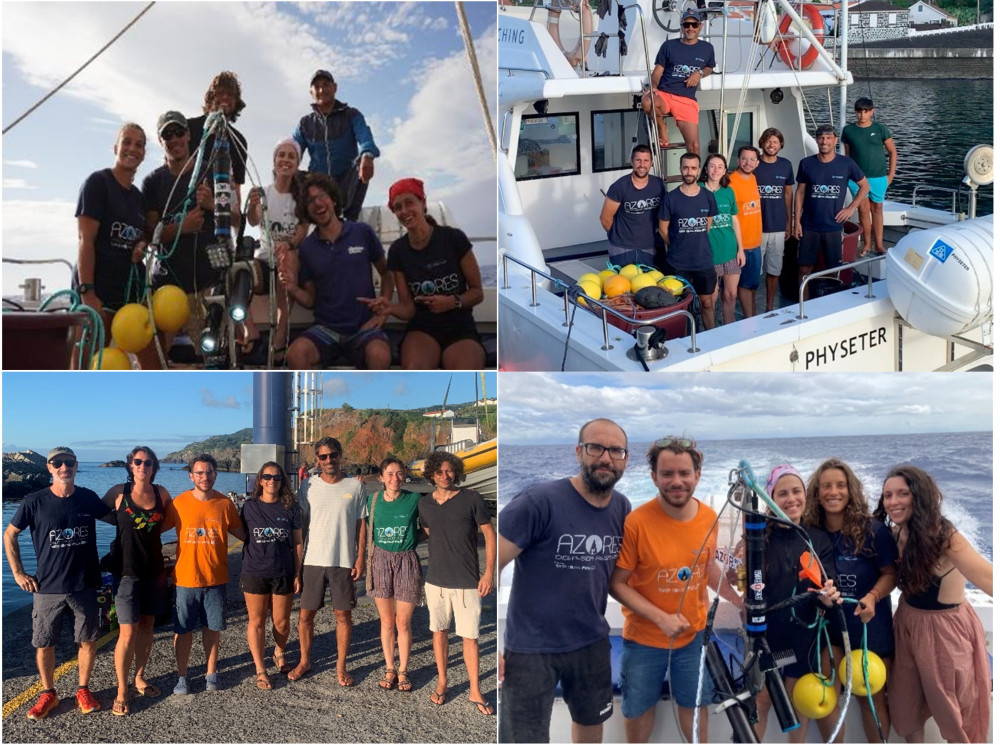
Scientific crew

Telmo Morato
Principal Investigator
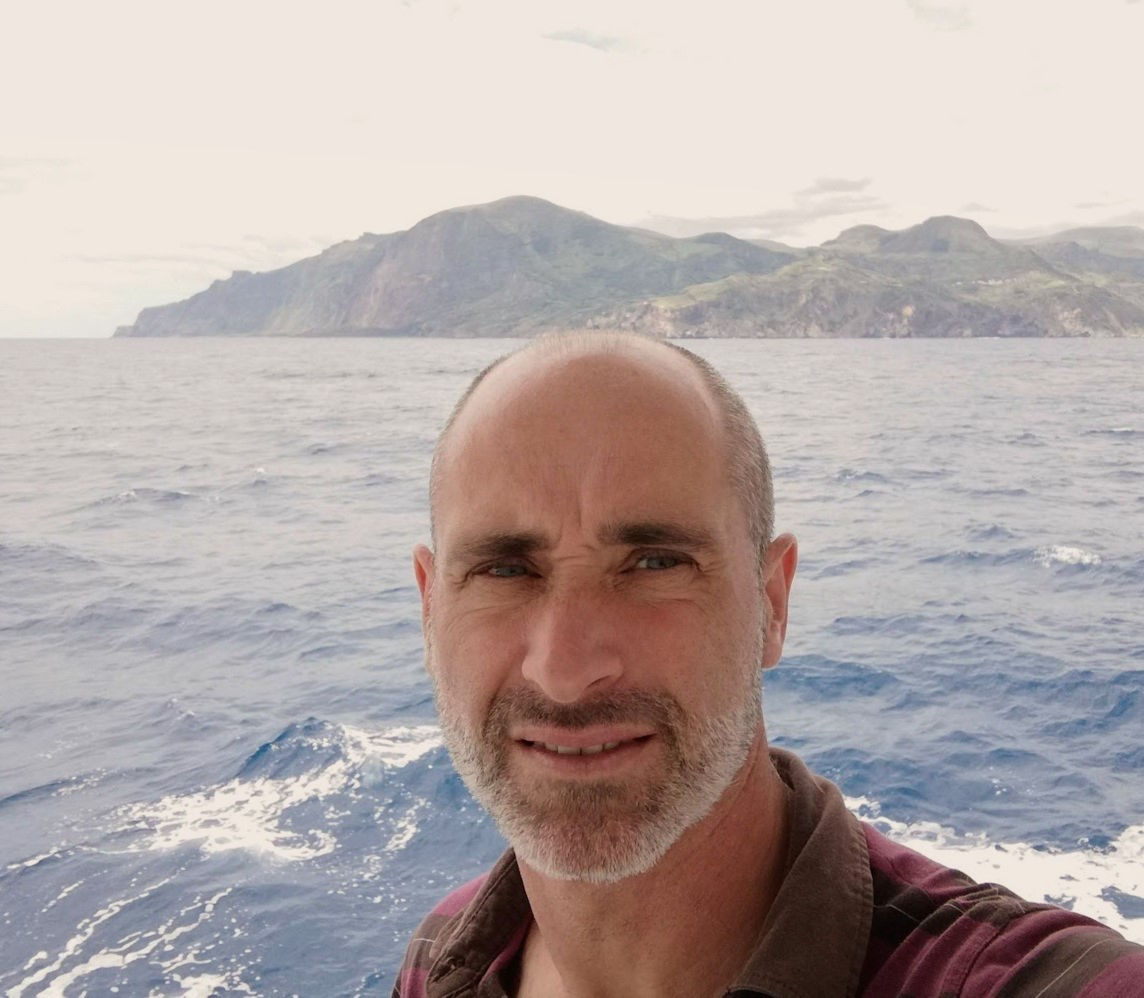
Luís Rodrigues
Senior Scientist
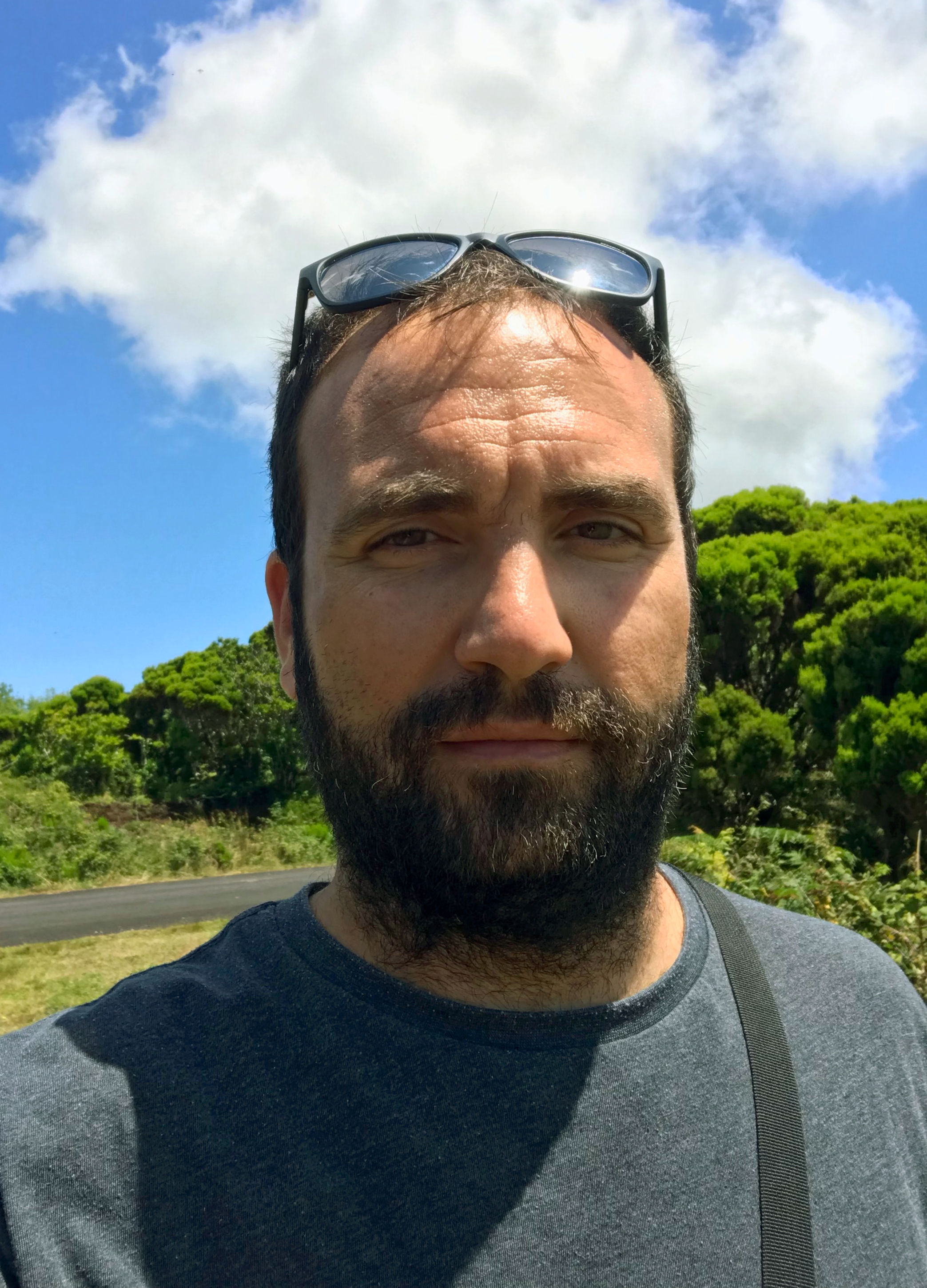
Carlos Dominguez-Carrió
Senior Scientist
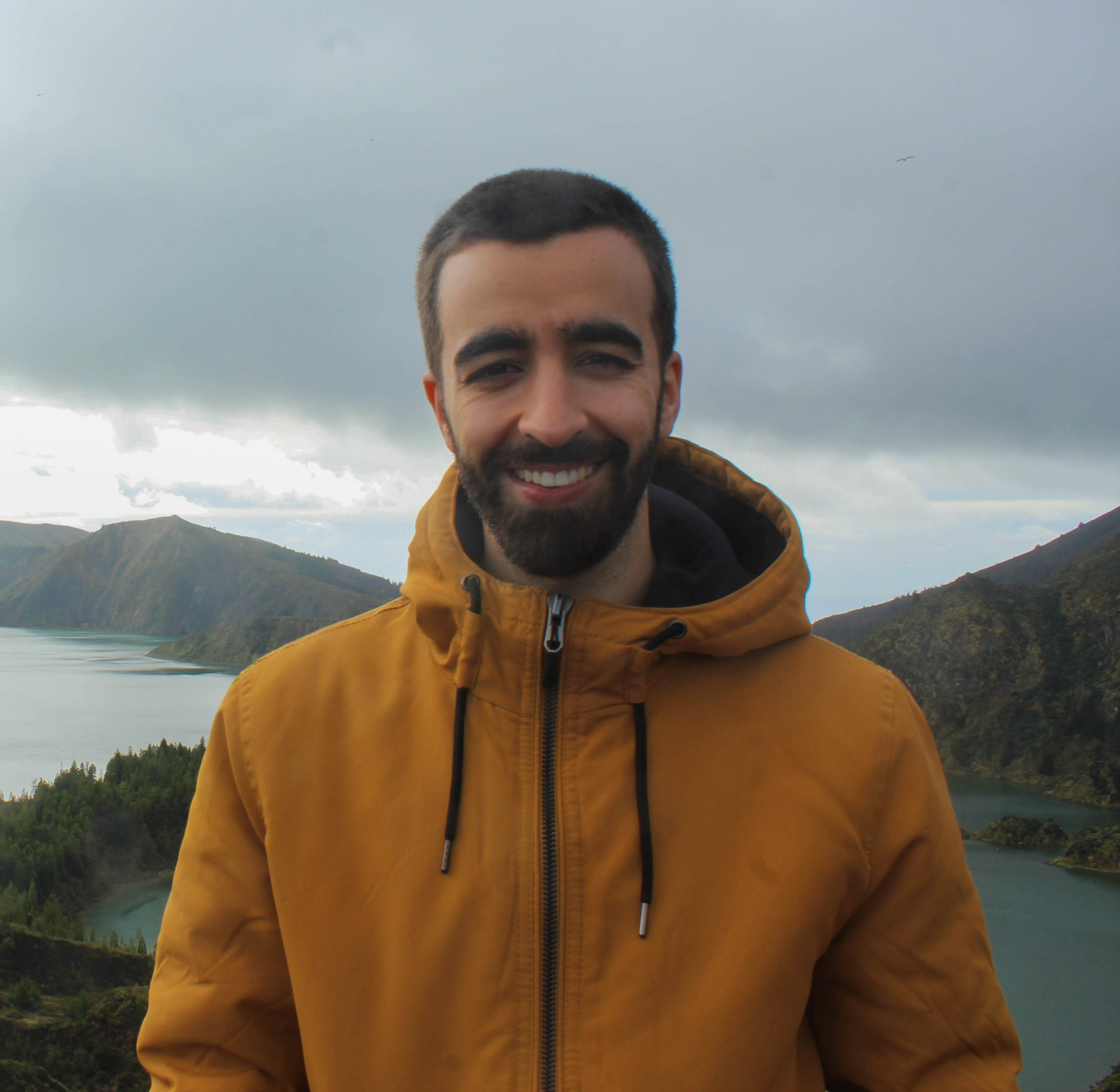
Guilherme Gonçalves
PhD Student
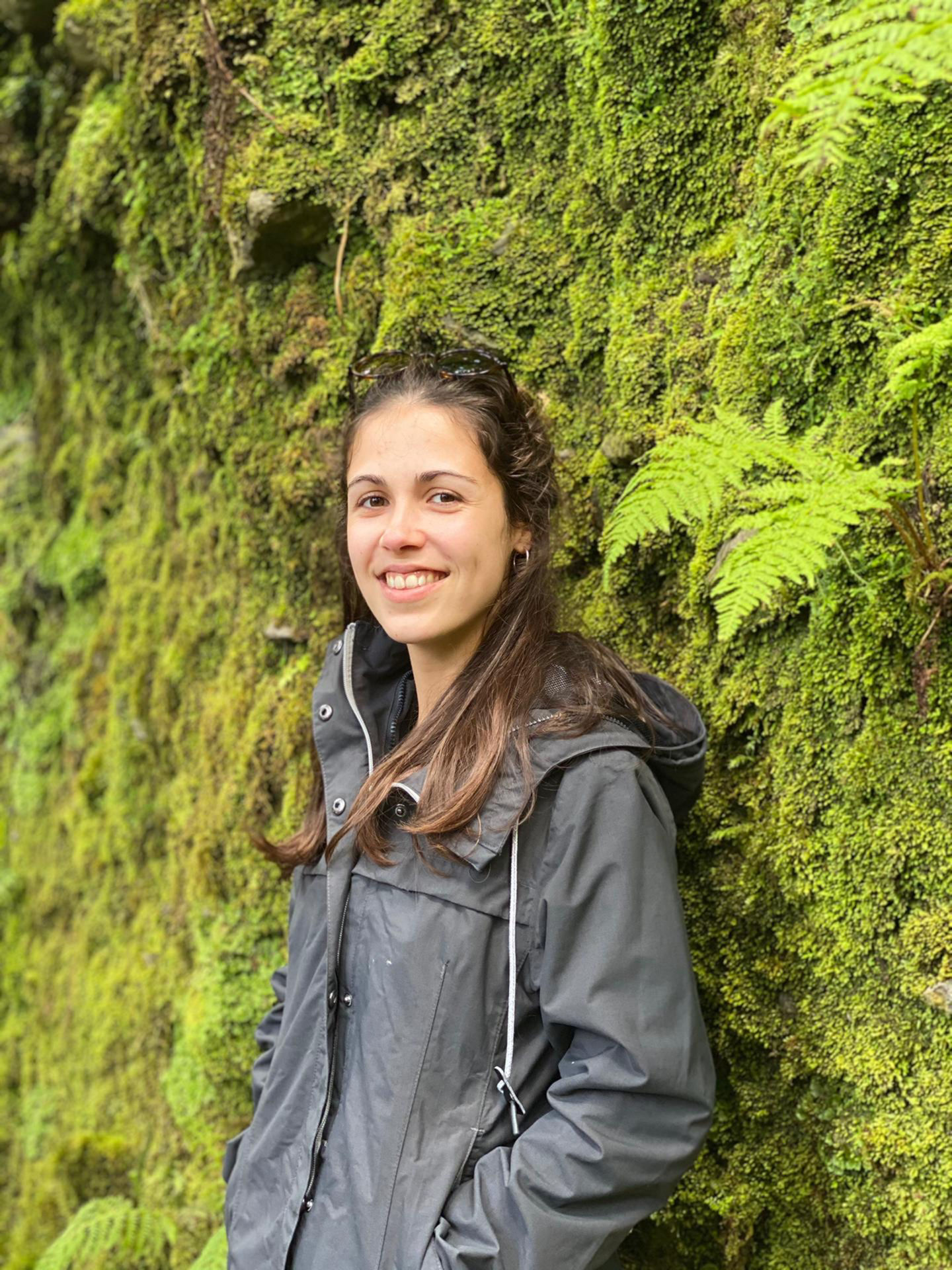
Inês Carneiro
Research Assistant
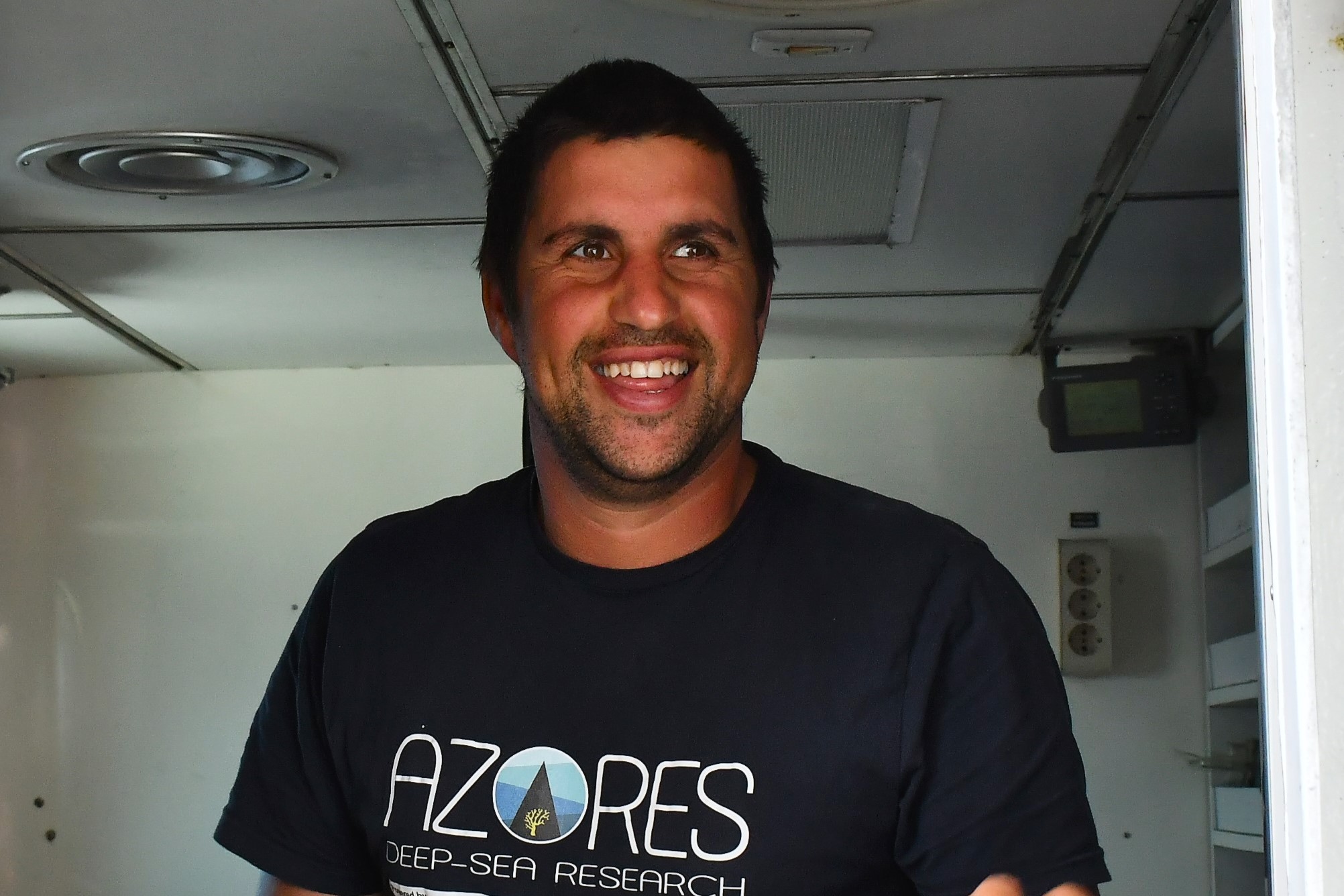
Sérgio Gomes
Research Assistant
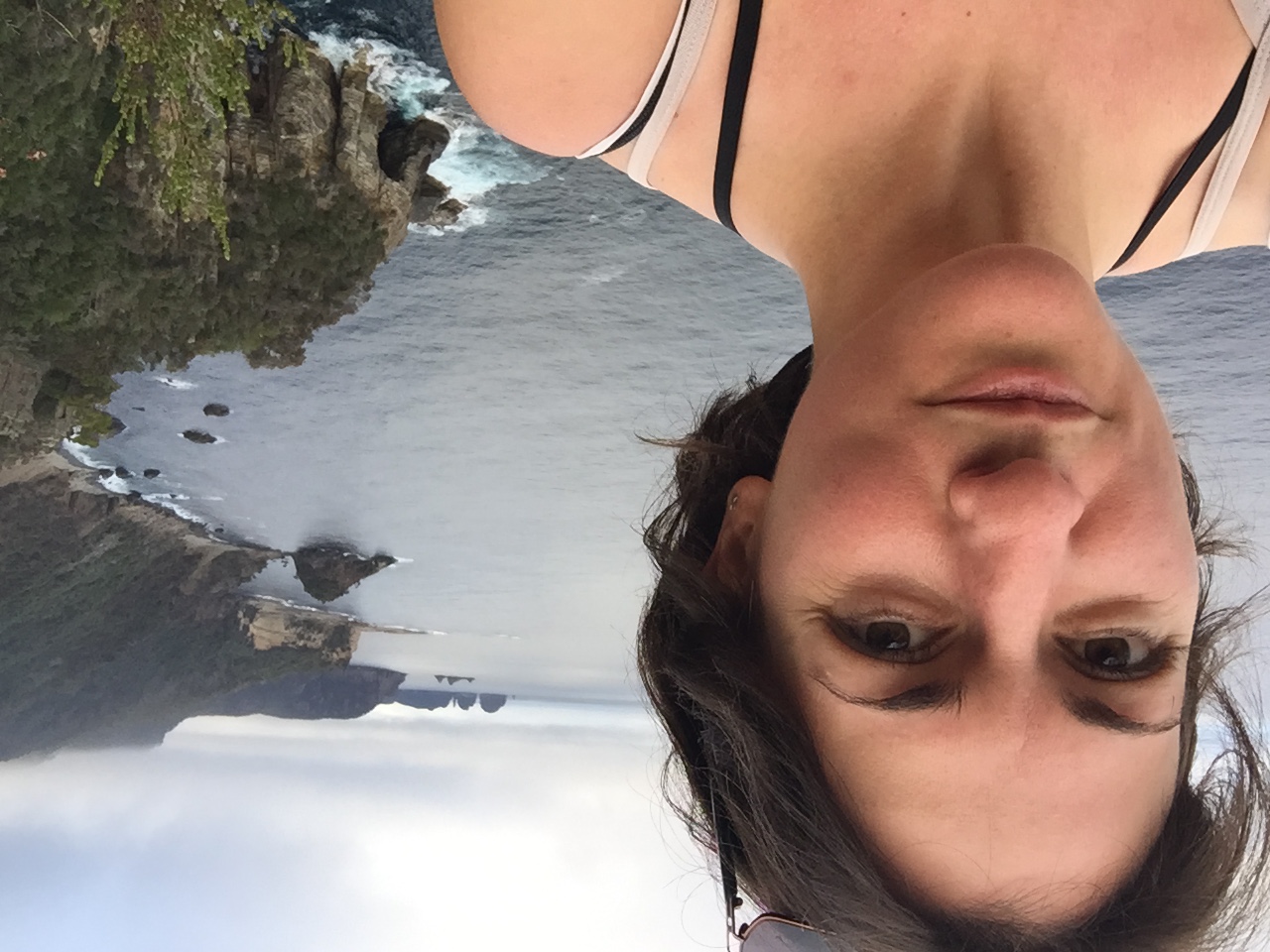
Laurence Fauconnet
Early-career Researcher
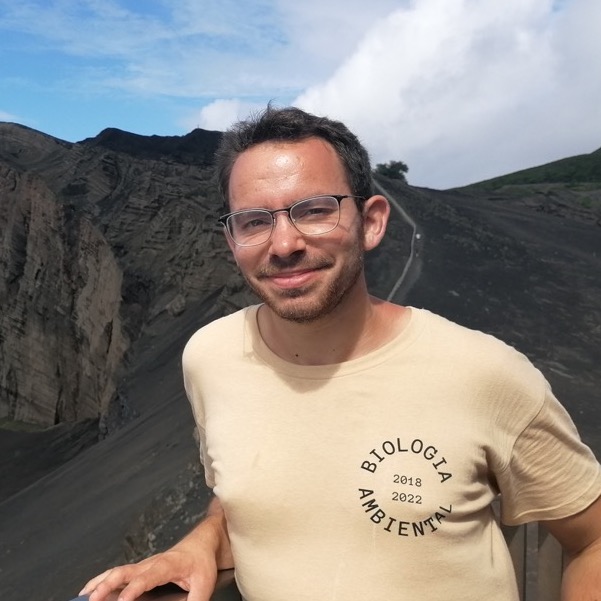
Marc Pladevall
Research Assistant
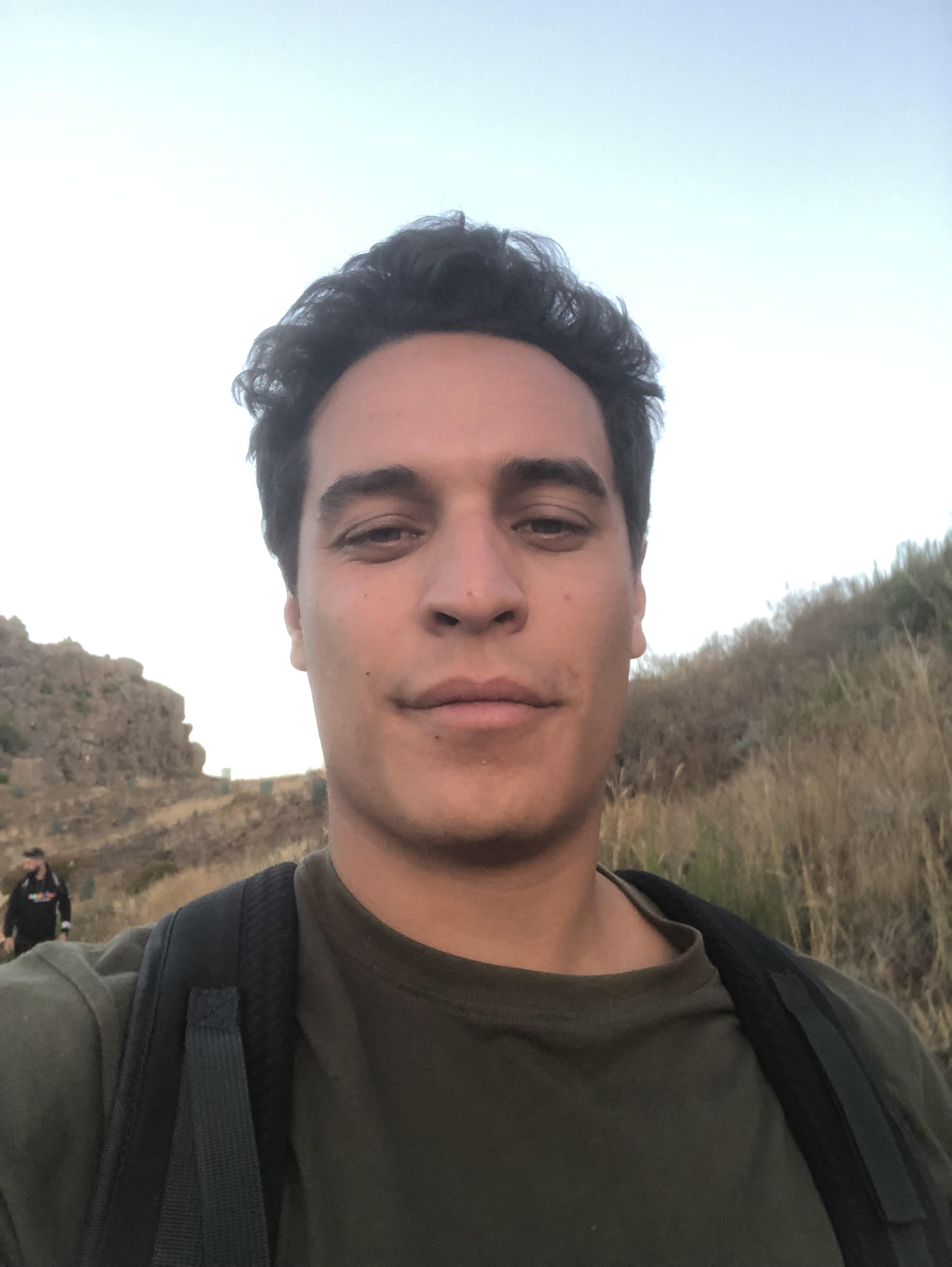
João Balsa
Research Assistant
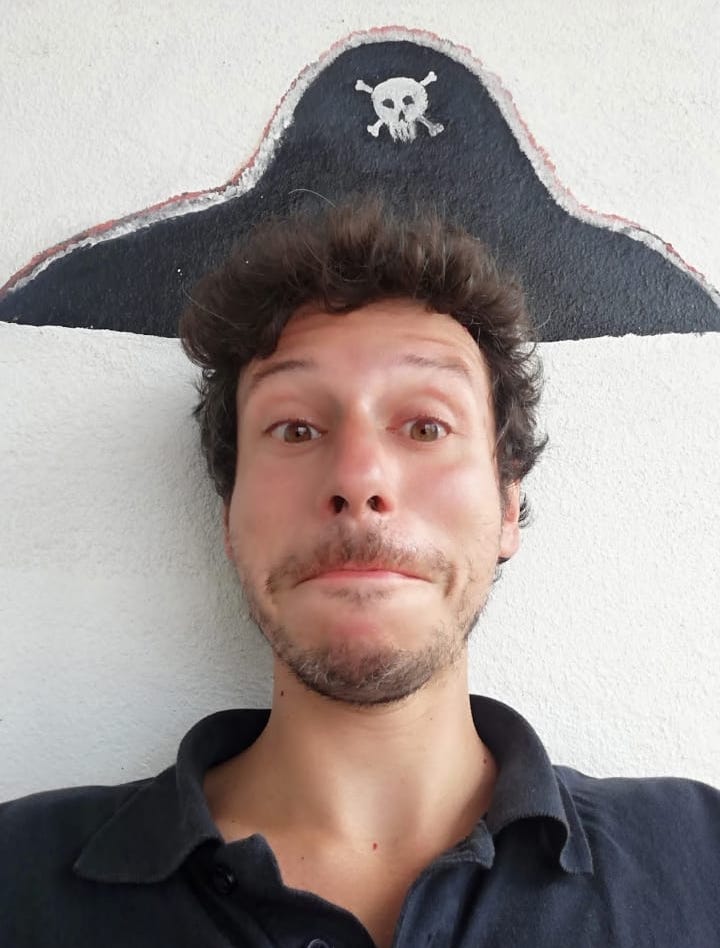
Gerald Hechter Taranto
Early-career Researcher
Marina Navarro Engesser
Research Assistant
Rachel Lacoste
Research Assistant
Inês Correia Bruno
Research Assistant
Collaborators
Authors list
10.5281/zenodo.14181251



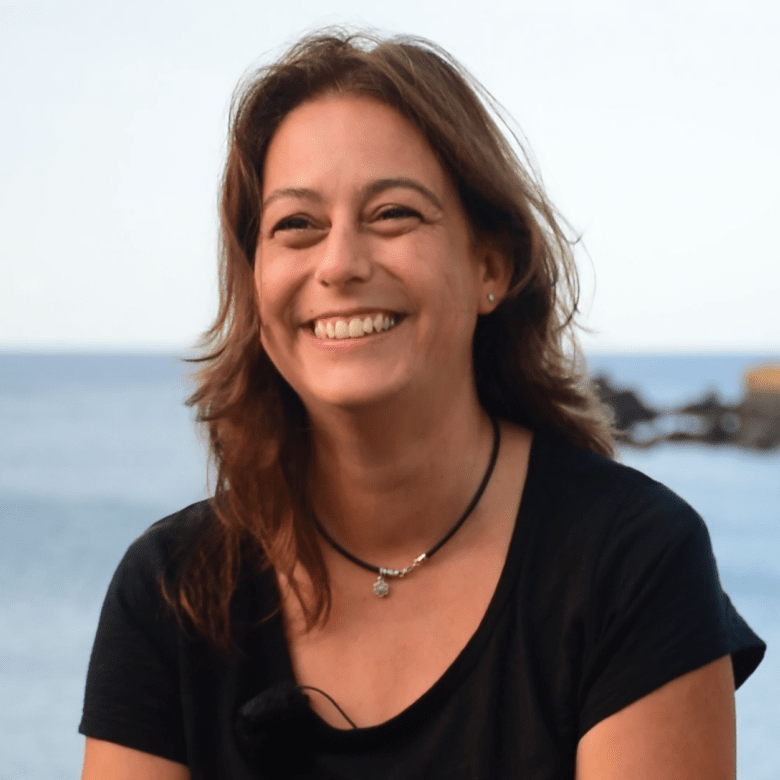
Authors list
10.1016/j.ocecoaman.2023.106807
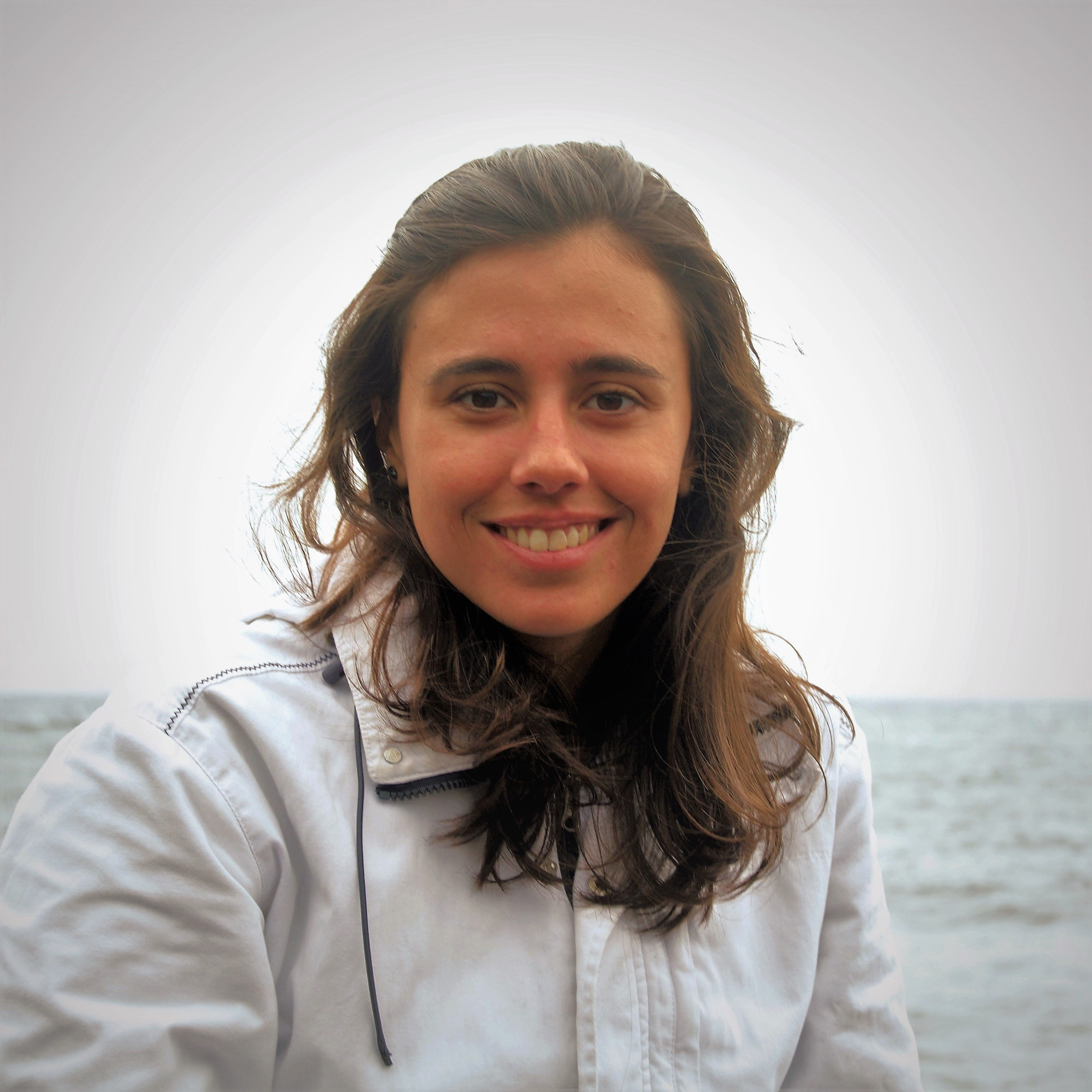

Location
Departamento de Oceanografia e Pescas — Universidade dos Açores
Rua Prof. Doutor Frederico Machado, No. 4
9901-862 Horta, Portugal
Contact
Email: azoresdeepsea@gmail.com
AZORES DEEP-SEA RESEARCH © 2020-2025 — RELEASE 2.1
 VALTER MEDEIROS
VALTER MEDEIROS